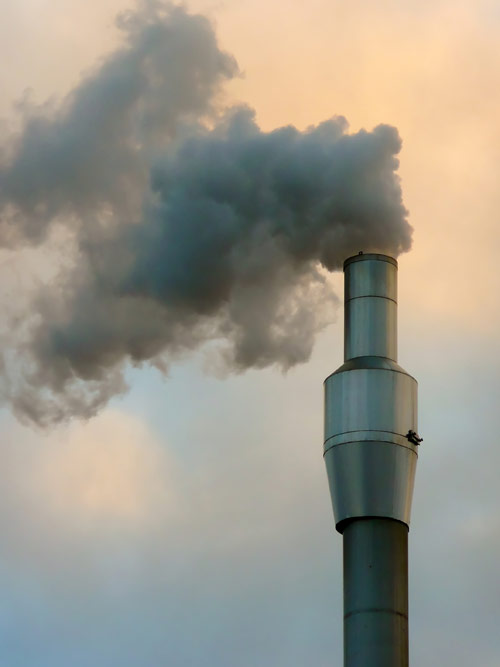Ireland’s power generation and industrial emissions increase by 15% in 2021
- In 2021, greenhouse gas emissions from Irish power generation and industrial companies – covered by the EU Emissions Trading System – increased by 15% (2 million tonnes).
- Emissions increased by 21% from the electricity generation sector, due to increased electricity demand, less wind power availability and use of older plants including a coal fired plant.
- The overall increase in industrial emissions is about 7%, with the cement industry emissions increasing by 17%.
- Greenhouse gas emissions from aviation increased by 11% compared to 2020, which reflects some recovery from the impact of Covid-19.

The Environmental Protection Agency (EPA), as the Competent Authority in Ireland for the EU Emissions Trading System (EU ETS), yesterday released its preliminary analysis of greenhouse gas emissions in 2021.
In Ireland, 105 major industrial and institutional sites were required to report their emissions for 2021 by 31 March 2022 under the Emissions Trading System. These include sites operating in the power generation, cement, lime, and oil refining sectors.
Also included are large companies in sectors such as food & drink, pharmaceuticals and semi-conductors.
Emissions from Irish power generation and industrial companies increased by 15% (2 million tonnes) in 2021. This compares with an increase of approximately 9.1% across Europe, according to preliminary analysis by carbon analysts of the data released today by the EU Commission.
The increase in emissions is largely due to increased carbon intensity of Ireland’s electricity production in 2021. Several factors came together to compound this – a decrease in wind power availability, some relatively modern gas fired plants being offline and an increase in electricity demand. Older plants, including the coal-fired plant at Moneypoint, were used to ensure that power was available.
Ms Laura Burke, EPA Director General said:
“Ireland’s Emissions Trading System sector delivered a decrease in emissions from 2017 to 2019, largely due to the higher level of renewables on the National Grid, and again in 2020 because of Covid-19. The increase we are seeing for 2021 sector is disappointing and is a reminder of the need for policies and decisions which support sustained emissions reductions in power generation and industrial emissions. The challenges faced in the power generation sector are in sharp focus at the moment. We must ensure that we are taking decisions now which recognise the urgency of the climate change challenge and that will deliver reductions in emissions”.
Aside from power generation, the increase in industrial emissions collectively is 7%.
- Cement industries recorded a 17% increase overall;
- Emissions from pharmachem industries increased by 3%.
Aviation emissions from flights within the European Economic Area (reported to Ireland by 31st March) increased by 11% compared to 2020, to 5.3 million tonnes. This is still much lower than the pre-pandemic levels of 12.8 million tonnes. Some restructuring of routes has taken place and the operators of the new routes may not be reporting to Ireland, but emissions data reflect that recovery of the sector was slow in 2021.
Details of the verified emissions of greenhouse gases in 2021 are available on the EU’s website. The data are not complete for all Member states. Analysis of the EU data can be found in Carbon Pulse.
Further details about emissions trading are available on the EPA website. Further information about Ireland’s overall greenhouse gas emissions is also available on the EPA website.
The latest Greenhouse Gas Inventory Summary report is available HERE.

Leave a Reply